HOW DID I GET HERE? - The Back StoryIf you told me all those years ago while I was in student teaching working toward my teaching degree, I’d have never believed you if you said I would open a mermaid school. I always envisioned myself as an elementary school teacher with a very linear path. I didn’t think that my classroom would end up being the local pool. In the first years of my mer-career I worked part time while pursuing my two degrees and other employment. In those days mermaid schools didn’t really exist, but a company in Canada run by a woman and her Olympian husband would travel down to southern places and run seasonal tourism workshops. As mermaiding became more assessable, the Philippian Mermaid School opened to much criticism in the mermaid world. Nobody really understood at first how something like that could ‘work’, be sustainable, or be assessed. The joke was on us, because the school went on to be very successful. 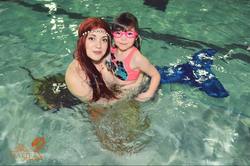 It was around that time that I learned the famous Weeki Wachee would host mermaid workshops. Originally they allowed younger ages such as teen and young adult to participate, but it started to become a conflict of interest. They decided to make their classes for older adults only. A few of my friends participated and loved it. While I continued in my little Canadian bubble with my business that focused mainly on birthday parties, I purchased a few children’s monofins and began doing private lessons and a mobile mermaid school for small groups. This is around the time that a few more mermaid schools started to crop up across the world, and a few other professionals followed the same path I did in offering small groups or 1:1 lessons. Based on all of my research, aside from the woman and her Olympian husband, I was the only other mermaid school operating in Canada at that time. I was one of the first and looked to her model for a few ideas. Most mermaid schools I saw around the world seemed to be seasonal, but a few years into my mobile school the first few weekly mermaid schools began. I’d been asked frequently about the possibility of a weekly mermaid school, but I liked the flexibility I had in travelling around doing small groups. I also was a very overworked person, always working multiple jobs in addition to running my business. Quite frankly, I was worried the addition of a weekly mermaid school would burn me out. At the time there were few options for kid’s fins, and the current ones on the market left a lot to be desired. They would fall of the kid’s feet and half the lessons I gave were spent putting the darn things back on. This was when my friend and mentor, Mermaid Linden, got her first batch of children’s monofins created. She worked with well-known industry merchandisers Body Glove to create the first monofin made by a mermaid commercially. She agreed to send me a few at a lower price so I could test them out for my mobile school and private lessons. I loved the fins right away. They fit better, had functions to make them adjust to size and comfortable, drainage, a better shape, never fell off, great safety grips on the bottom, and it meant that by buying them I would be supporting a friend. In my first few trials children would always prefer these new monofins. I travelled to New Brunswick for a weekend long Girl’s empowerment workshops where I offered lessons for 2 full days in a series of mini workshops. It became very clear that the new monofins by Linden were the best on the market. During this bit of time I also ran a few workshops and related events at several conventions that saw me giving 1:1 lessons or swim with a mermaid events too. Despite all this success and the improvement of kid’s fins, I was still very hesitant to start a weekly mermaid school. At these workshops and private lessons I always had access to other professionals, life guards, and swim instructors. Though by this time I had a degree in child and youth development, a degree in education, and was a trained first aid instructor… I was not a lifeguard or a swim instructor. I felt underqualified to spear head a whole weekly school, and was still fearful of how I would manage my schedule if I did. I continued on with my mobile mermaid school, but the industry changed in 2015 when a viral video surfaced where a little girl got stuck in her tail underwater in a pool. You can read more in detail about the impact of this video in one of my recent blogs here: http://rainamermaid.weebly.com/blog/how-banning-mermaid-tails-is-the-wrong-mindset-and-puts-down-girls but the take away is that the video caused a huge panic worldwide and our industry started to change. Mermaids came under a lot of criticism, kids and adults were banned from using fins in pools over fear of drowning. The general public started to develop biased opinions. All of a sudden, my job was a lot harder. I would have to advocate for myself and correct people’s misconceptions. That’s when the Canadian mermaid schools started to open. Before they had even opened, I had a bad impression. The woman who opened them stole the photos, videos, and even copied and pasted the website of Mermaid Linden to advertise her school. She’d stolen photos from the Philippian mermaid school, and from the other Canadian I knew of who ran seasonal ones. Before the school was even launched, I saw it go viral with the misleading contents of my friends and mentors. I was not impressed, and worked with the victims to have the media retract statements, images, and videos. It didn’t matter. The damage was done. The event was documented at least once in Canadian news, but no consequences ever happened. It was a frustrating time for mermaids across Canada. We’d all be constantly asked if we were associated with the school. The school that claimed to be “the first”. New articles came out and it was discovered that the founder of the school was a model, who wore a mermaid tail once for a photo shoot, and saw the business opportunity to open a school. I had thought I’d be under qualified to run a school, but here was someone who literally had zero experience starting up a franchise. I’ve heard mixed review on the school from both participants and ex-staff. Some loved it, some found it sketchy. My own personal opinion is based on several negative experiences personally with the owner. But at the end of the day, I am still happy there are safe places for people to learn to mermaid swim and experience this joy- even if I don’t agree with the business practice. As that school began to franchise across the country, I realized that between that looming over us, and the huge safety issues at hand… that whether it felt overwhelming or not… I had to make a move and meet the demand locally. I believed I could create a unique mermaid school that met the needs for safety, my company values in terms of child development and imagination, and met the general local demands. I had/have no interest in franchising. I knew there would be a significant financial investment, and I wanted to keep the flexibility with my company. It was all a matter of sitting down, researching, and creating a business plan for what I wanted to achieve. Was I really up to the task? Creating the Mermaid School
I invested more sand dollars so I could exclusively use Linden’s fins. I knew we’d save a lot of time if the kids could be taught as part of the program to put their own fins on and be independent. The final piece of the puzzle was splitting the kids by age + level, and allowing the youngest group to enroll kids who couldn’t swim or could barely swim. I knew I was taking a bit of a risk, but with the help of the extra staff, my partner Sean, active parental supervision, and a program tailored toward empowering what I called “the mermaid safety habits”, I felt we could make it work. Once everything was decided on we began the work of advertising the classes, drawing up legal waivers for the monofin use, and enrolling the classes. The classes were full within the first week. I was floored. We had a wait list. More classes were added. Before our first class, we did a little media piece where a champion athlete turned news anchor was given a lesson on camera. This piqued the interest of the Lifesaving Society who were getting a lot of pressure country wide to make an official statement on the use of fins. This decision would determine if fins would be banned country wide. So they asked if they could observe us. Gee, no pressure there! Running the Mermaid SchoolIn preparation for the first weekly class, I had sent out extensive emails to the parents. I let them know their children would need a swim test, and that there would be no negotiating if the lifeguard felt they needed a swim aid such as a kick board, water wings, or a life jacket. I knew for the younger group, there would be tears. I warned them the first class would likely be chaotic as the kids learned the basics of simply putting on the fins, and did their swim tests. Sean and I were working full time day jobs at this time. Mermaid school took place in HALF the small pool, during rush hour on a week night. It was not ideal conditions at all. It was all we could manage though for this pilot project at the time. It was so much work to lug all the gear. I capped each class at 15 kids (but there were always extra drop ins!) and 45 minute sessions. Several sessions would be back to back and last 5 weeks, then a new batch would start. Everything for this first round was intro level. I had my lesson plan in a ziplock bag so I could use it in the pool. Naturally, nothing went according to plan that first day. The pool was incredibly crowded, the kids were hyped, and no one wanted to do the swim test. Lifeguards and parents tried to cheer the kids on, but a few temper tantrums were had when life jackets were handed out. Kids who couldn’t swim could still learn all the safety features of a monofin, they could still learn the swimming safety habits, and reap the benefits of the physical activity and play. It was my hope these kids would enroll in regular swimming lessons after mermaid lessons, in order to become independent enough to move onto the next level and swim without help. (Spoiler alert, this totally worked. By the end of the sessions there were only two kids who still needed life jackets, and they both signed up for swimming lessons). This worked because of how I designed my program, but allowing non-swimmers wouldn’t be suitable for all mermaid schools, or feasible. I realized early on in that first lesson, that the kids in the younger class could barely handle monofins and weren’t ready for tail skins. This disappointed many, but I knew they had to be able to wrap their heads around recovery positions to prevent drowning, getting the fins off and on, and demonstrating emergency releases first. One of the things I figured out early on also was that the kids didn’t understand how much space they took up. They’d frequently kick each other. It was organized chaos. In the total opposite direction, my older kids could swim as well as I did and mastered everything I had planned for the whole 5 weeks in one lesson. Most of them were also too tall or big for the fins and tails I brought. When I got home after that first “lesson” if you could call it that- I sat down and reflected on what needed to be changed. Though they were young, a few of the younger kids were such talented swimmers it seemed unfair to keep them in the younger class. So I found myself moving a 6 year old in with the 11 year olds. I invested in some finfun tails for the older class since the ones I prepared didn’t fit them, and that mean slightly changing my safety portion of the lessons since those fins worked differently. There were clearly some skills the kids really needed help with such as spatial awareness, treading water, and recovery positions. But I didn’t want to just do drills… how could I make them fun? The other main problem is I spent so much time putting monofins on, sitting on my knees on the underwater pool steps, they I put a lot of damage on my tail. How in the heck was I going to manage all of this? What did I get myself into? After a good night’s sleep Sean and I put our heads together and came up with a new plan. I contacted all of the parents and told them not to put the fins on the kids unless absolutely necessary, but rather encourage the kids to be as independent as possible. As soon as we got those kinds getting their fins on their own, we’d cut back on a lot of wasted time. I juggled a few kids between classes, and created games that would focus on the skills I saw the kids were lacking. I returned to the next class with the promise we’d put tails over the fins halfway through the class, as long as we met a few goals first. Everyone had to play my game where they would demonstrate how to get in and out of the pool safely, in and out of the fins, and recover into a back float. I called the game “motor boat” and made up a rhyme. When I yelled “fast fast step on the gas!” the kids could be silly and swim all over. But then I’d yell another command like “BIG WAVE!” and they’d have to back float. Or “Shark!” and they’d have to kick off the fins without using their hands, and run to “shore”. During all of these lessons while I was in a tail, the swim instructors and Sean had legs so they could easily get around the pool. This worked perfectly and the kids were losing it laughing and having fun. As promised by halfway they got to put on the tails. That was how the younger group went. Gradually as the weeks went on, most of the kids didn’t need floaties or aids anymore. Only 1 child in the 2 five week programs by the end of the younger group’s lessons still needed a lifejacket, and it inspired her to enroll in swimming lessons. I learned later she had a fear of water, and the classes helped her get over it. Each class I’d put more wear and tear on my tail. I’d suspect I put a years’ worth of damage on my tail in 2 months. But I’d also be met with presents, thank you cards, and parents began buying up our stock of monofins which was awesome. With the older class I had the challenge of trying to find new things for them each week. These kids were easily as talented and skilled, and for some it was more, than me. I began bugging every pro mermaid I knew for ideas to keep this older class going and before I knew it we were planning, choreographing, and filming a class underwater video. Kids were swimming through hoops, doing underwater tricks, blowing bubbles, and diving for treasure. All in half a small pool. You can be sure I asked the venue for the big pool for the next round! The AftermathRunning a mermaid school has had a lot of ups and downs for me. Mainly, it has been tricky training others so Sean and I aren’t always the ones running the class. With the expansion of the class and the addition of adult classes, we hired a few more mermaids. This will also mean a little more investment in gear. We finished each round of classes with photos and videos that were then sent out to the students. It took a lot of time but was well worth it. Having the waivers helped a lot, but it was a lot of work and hard to track them all down. I now have a clearer vision for how I want to tackle these lessons, but I’ll keep adapting them based on the needs I see in the mer world. I’ve had so much positive feedback and earned some other events and private bookings as well as a result. Having mermaid school in fall also gives our company something to carry us through our only off season. I will likely have to plan for a new tail within the next year since my current one has taken a beating. It’s important to consider all these financial costs. We are insured, had a lawyer do our paper work, supplied all the gear, and had multiple people contracting for us. Not all mermaid schools do that, but I feel it’s safer than taking too many risks. Especially when the world is watching. My Top 10 Things to ConsiderIf you’re running a mermaid school, working for one, or considering one… these are the things I felt were the most important points I learned:
I hope my little reflection on my experience with mermaid school gives you a general understanding of what goes into it. There are some that are less formal than mine, and some that are aimed at professional mermaids! There Is a whole spectrum and attending a class might be a good experience for you too.
1 Comment
Your comment will be posted after it is approved.
Leave a Reply. |
RainaThe Halifax Mermaid Buy the BookLeave a Tip
Disclaimer:
The information in these blogs and video posts are for informational purposes only. Trying any of these suggestions are done so at your own risk. The creator/owner assumes no risk or liability and urges you to seek out professional training and advice.
Archives
August 2018
|
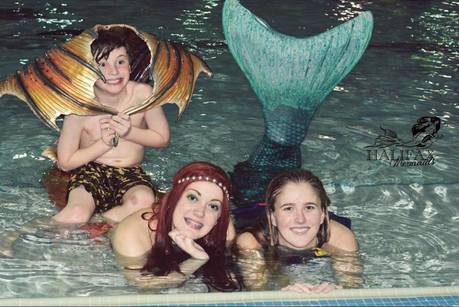
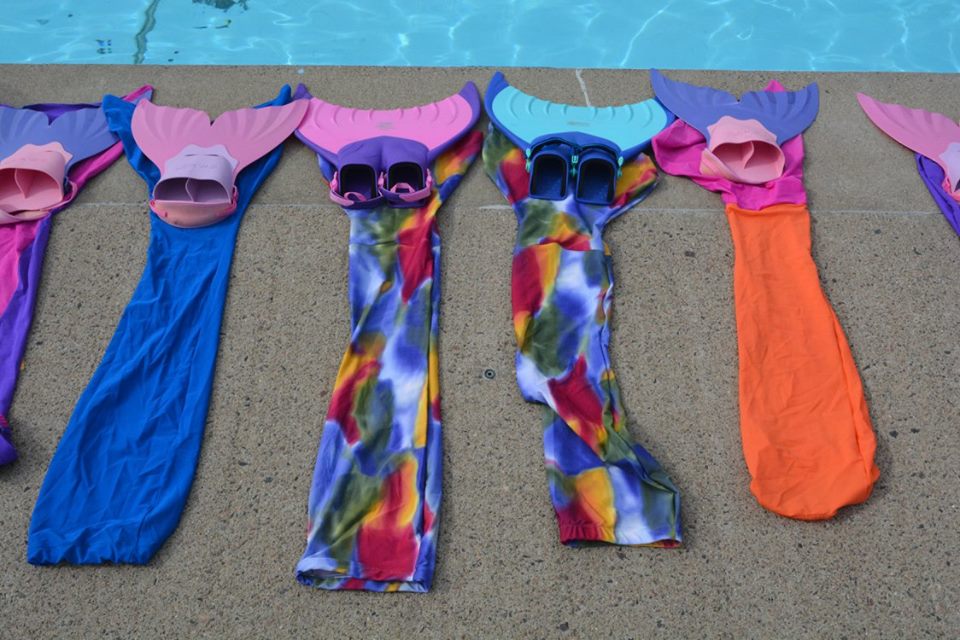
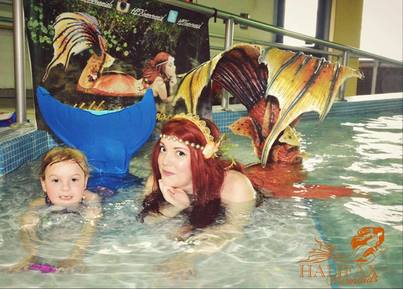
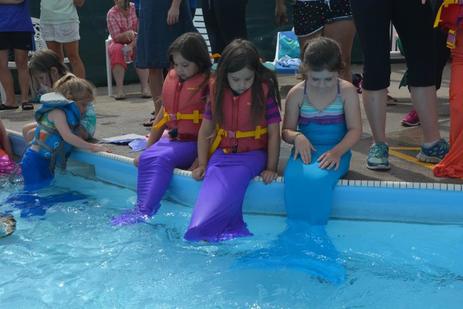
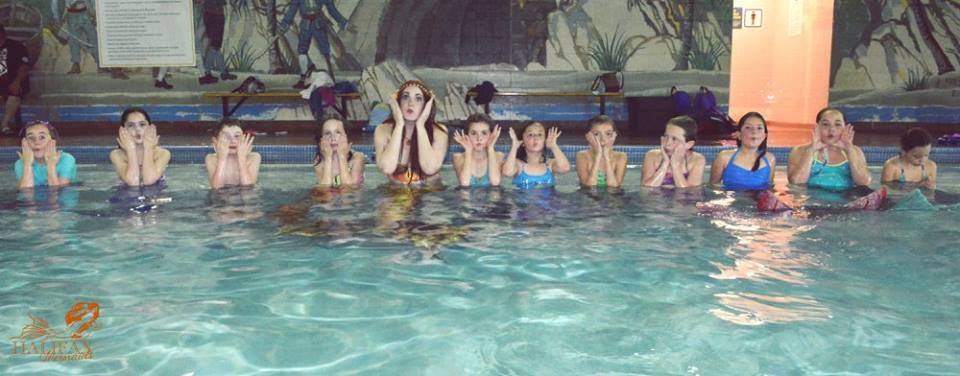
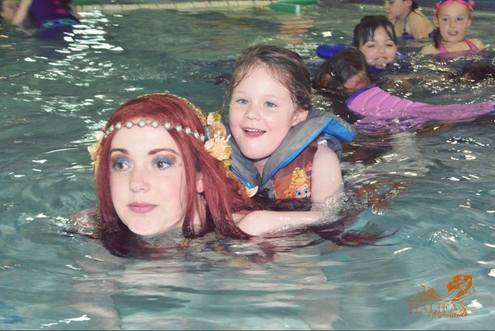
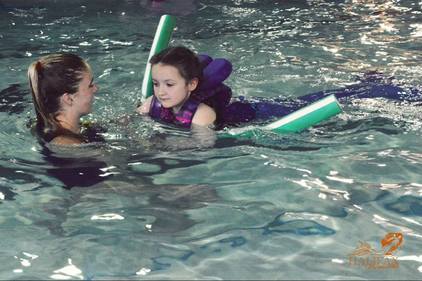
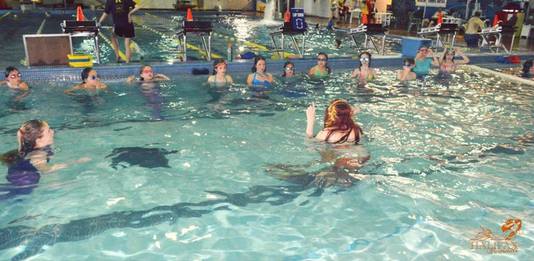
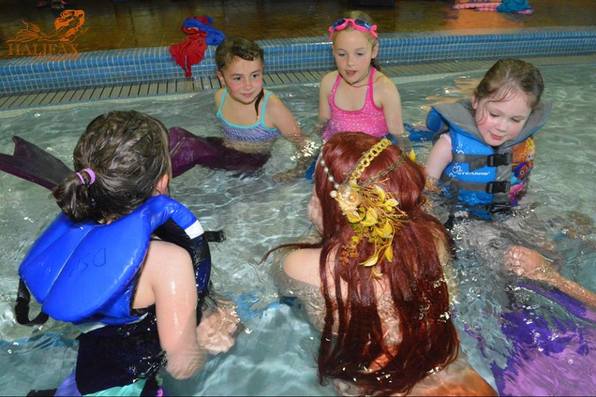
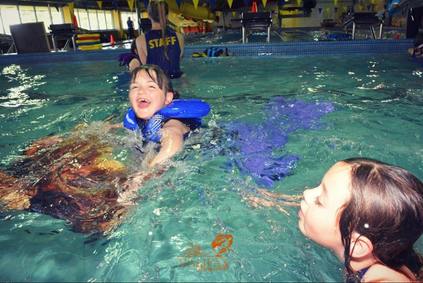

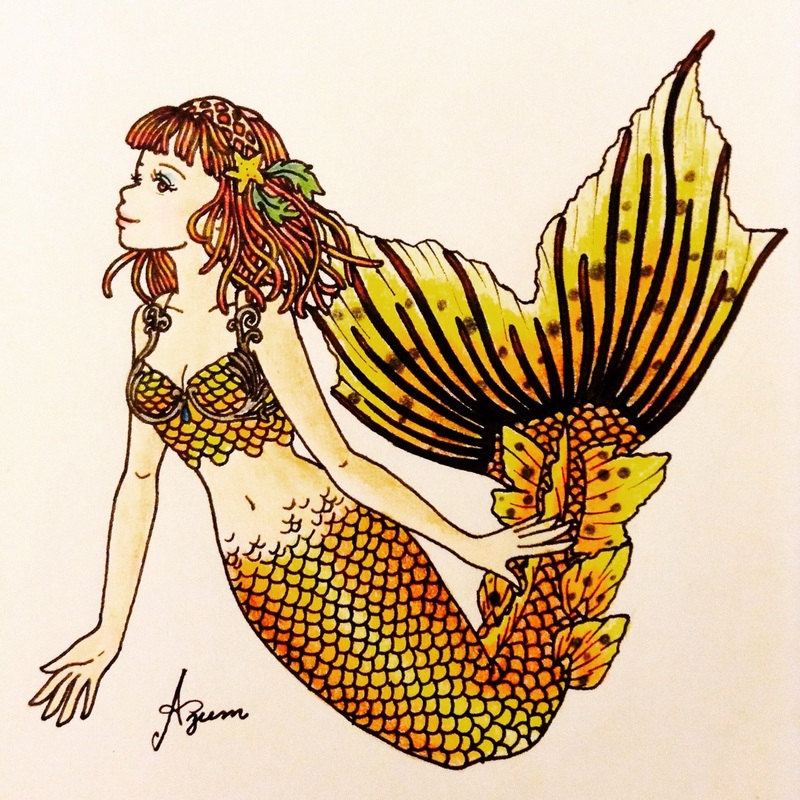







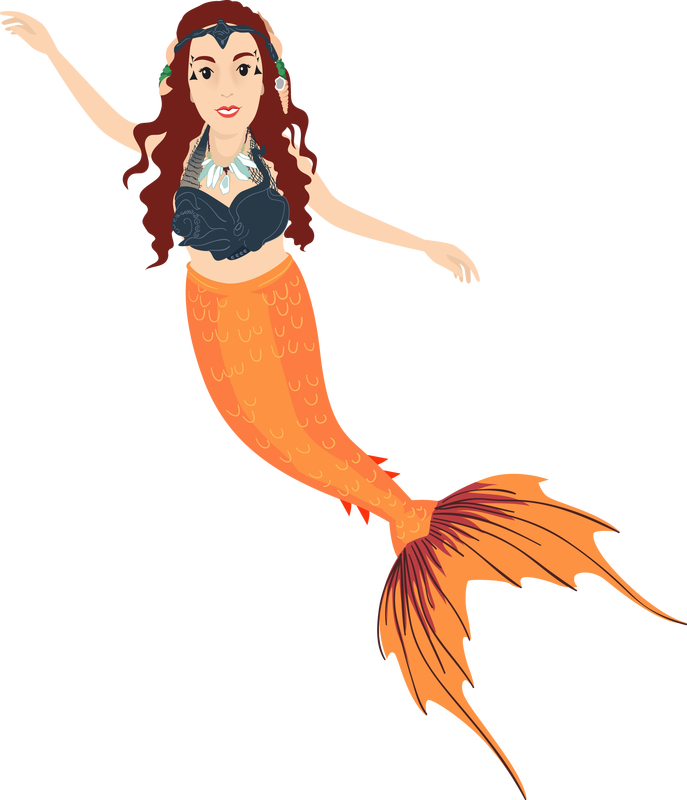
 RSS Feed
RSS Feed
